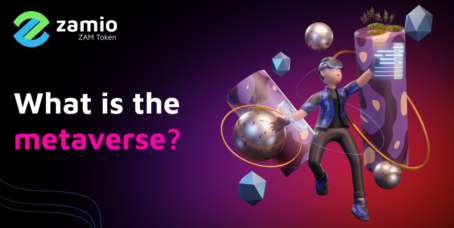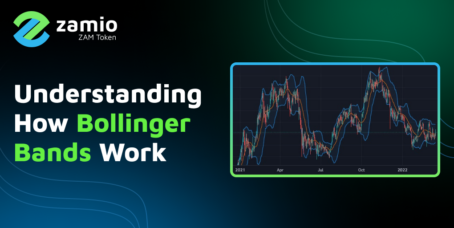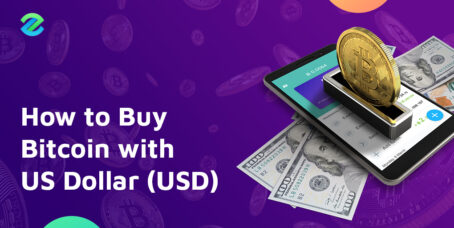Table of Contents
History of Ripple
Ryan Fugger, a software developer, was behind the idea of Ripple, across border remittance solution called RipplePay established in 2004 before the existence of cryptocurrencies.
In 2012, Jed McCaleb and Chris Larsen, the founders of the OpenCoin merged with RipplePay to form Ripple Labs Inc to establish a decentralized global payment solution powered by blockchain technology.
The partners developed the Ripple platform and launched it in 2012, intending to make the transfer of financial value as fast and convenient as the transfer of information, a concept known as the internet of value.
In the first two years, Ripple developed gradually, but 2015 and 2016 were years of rapid growth. In 2017, Ripple introduced essential features such as payment channels and escrow. They helped the platform improve scalability and performance. In the same year, Ripple also announced a partnership with ten new banks, including Akbank from Turkey, MUFG from Japan, BBVA from Spain, SEB from Sweden, and Yes and Axis banks from India. After that, more than 100 banks from the US and Japan, including Standard Chartered, RBC, Bank of America, and UBS, started using Ripple.
Ripple Labs continues to actively develop and add new features, collaborating with dozens of partners from the traditional financial sector. However, the lawsuit initiated against it by the SEC hammered its adoption by banks and cooperation. The company is still in the mud of regulatory unclarity and uncertainty.
Difference between Ripple and XRP
The idea behind XRP and Ripple is simple, but it is essential first to distinguish between both. They are interdependent but not the same.
What is Ripple?
Ripple Labs is a private and independent fintech that provides tech solutions for the financial industry. For example, Ripple aims to offer an alternative to the traditional SWIFT global payment settlement system with an instant, reliable, and cost-efficient one through its RippleNet and XRP ledger technology, which can scale and settle transactions in seconds at a low cost.
What is XRP?
XRP, on the other hand, is the native cryptocurrency of the XRP ledger. The XRP Ledger is an open-source, decentralized, public, and distributed blockchain for transaction recording and storage designed and used by Ripple Labs to power the company’s technology solutions and services.
The XRP token is used as a bridge currency for settling transactions that occur on the RippleNet between participants interested in remitting real-time payment at a low cost across borders. The entire supply of XRP tokens is limited to 100 billion. Ripple owns 65% of all tokens, and the remaining 35% are in circulation.
How do XRP and Ripple work
Ripple Labs enables instant payment settlement, asset exchange, and remittance through RippleNet, a decentralized global network of banks and payment providers using Ripple’s distributed financial technologies:
- RTXP protocol, a set of rules for transmitting value globally
- XRP ledger protocol, a blockchain for storing data
- Xcurrent protocol, a payment settlement software
- Xvia, a standard payment interface for sending funds
- Xrapid, a liquidity provider in which XRP is used as a bridge currency to swap and settle transactions.
Ripple’s customers consist of cooperation, payment providers, and financial institutions such as banks. It provides its clients with inter-communication and settlement software to process transactions. The technology is installed by the client and integrated with its financial infrastructure.
Xcurrent is a standardized technology to which all members of the RippleNet connect, enabling banks to broadcast and settle the transaction with the rest of the members. Xvia enables members to send funds to other members, while Xrapid provides liquidity through the digital currency XRP to exchange local currencies.
Using XRP for Ripple
Since its inception, the Ripple network has been integrated into the payment systems of 300 well-known banks in 40 countries. Ripple allows individuals and banks to exchange assets internationally. The exchange is carried out using the Swift system. This allows financial institutions and banks to open separate accounts in different countries where they want to operate.
It is important to note that there are still many currencies that individuals and banks cannot directly convert between each other. Thus, users first need to convert such currencies to USD and then to the desired currency, which means a double transaction. Using the exchange through Ripple, the fees for double transactions are negligible.









